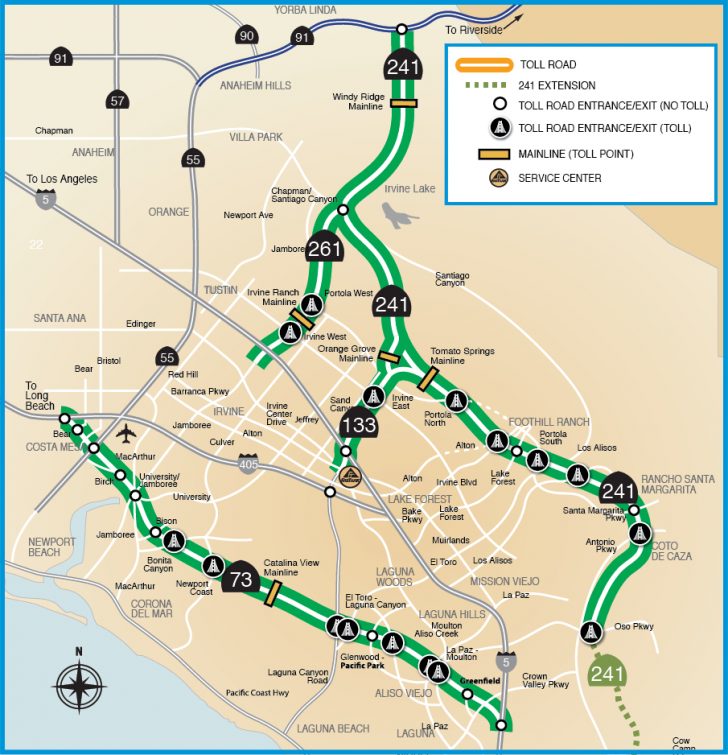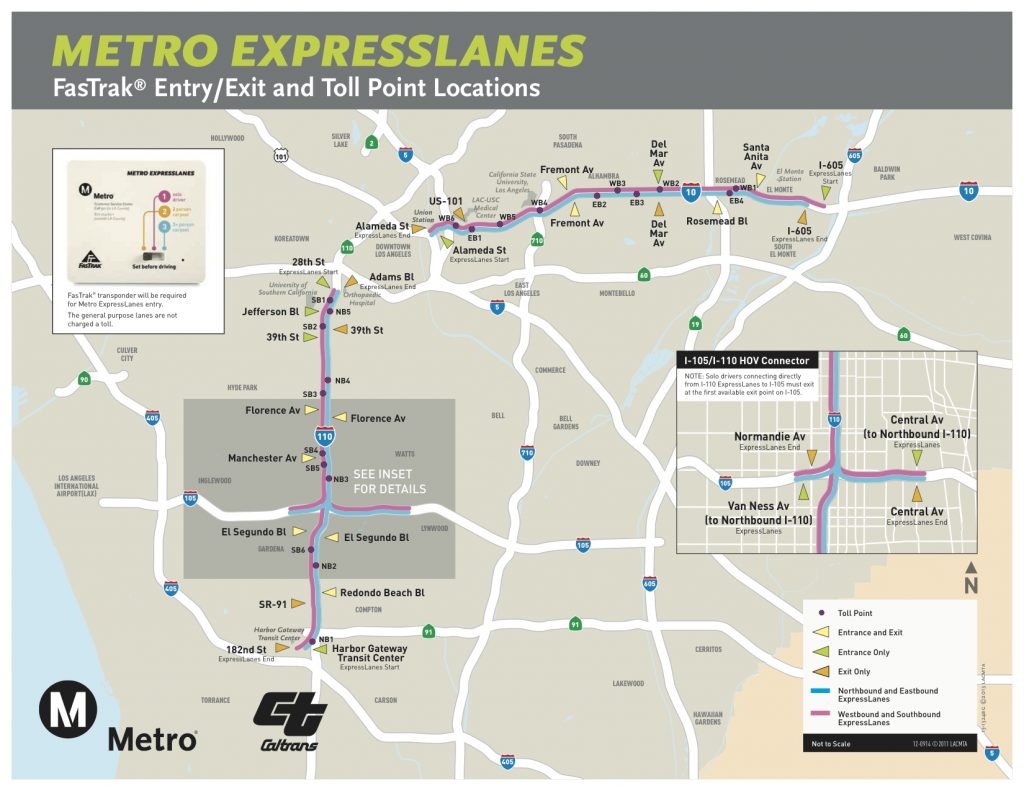Pay Toll Roads In LA & CA: Fastrak, Routes, & More | Guide
Are you planning a trip through the Golden State and wondering how to navigate its roadways without running afoul of the toll system? Understanding California's toll roads and payment options is essential for a smooth and stress-free journey.
The world of California's toll roads can seem complex at first glance, but with a little knowledge, it becomes easily manageable. This guide will equip you with the information needed to traverse these roadways, ensuring you're prepared for any scenario, from paying tolls for a rental car to avoiding potential scams.
The core of navigating California's toll system lies in understanding the different payment methods available. Primarily, the state utilizes Fastrak, an electronic tolling system that allows drivers to pay tolls seamlessly on bridges, express lanes, and toll roads throughout California. This system is designed for convenience, offering a streamlined approach to toll payment.
For those who prefer or require alternative methods, several options are available. Drivers can pay tolls online, typically within a specific timeframe after their trip, or utilize partnerships with services like PayNearMe, allowing cash payments at participating retailers nationwide. However, it's important to be aware of potential convenience fees associated with some of these payment methods.
Let's explore the specific toll roads and routes, payment methods, and important safety precautions you should be aware of:
Understanding California Toll Roads
California boasts a network of toll roads designed to improve traffic flow and fund infrastructure improvements. Some of the major toll roads in the state include:
- State Route 73 (SR-73): This road stretches from Interstate 405 in Costa Mesa to Interstate 5 near the border of Laguna Niguel and Mission Viejo.
- State Route 133 (SR-133): Connecting to the 241 toll road, this route runs from the border of Lake Forest and Irvine to Interstate 405.
- State Route 241 (SR-241): This is another important route within the toll road network.
- State Route 261 (SR-261): Serving as another key part of the toll infrastructure.
These routes, along with various bridges and express lanes, are all part of California's toll system. The map highlights the toll roads, state routes 73, 133, 241 and 261 toll roads.
The presence of toll roads in the Greater Los Angeles area, for instance, is an important consideration for drivers. While there aren't an excessive number of toll roads compared to some other areas, the express lanes on the 10 and 110 freeways can be invaluable for navigating heavy traffic, saving both time and potential frustration.
Payment Options
Choosing the right payment method is crucial for a hassle-free experience on California's toll roads. Here are the primary options:
- Fastrak: This is the preferred and most convenient method for paying tolls. A Fastrak account allows drivers to automatically pay tolls as they pass through toll plazas or designated areas. Accountholders are often eligible for discounts, making Fastrak a cost-effective choice.
- Pay Online: For those without a Fastrak account, most toll agencies offer an online payment option. Drivers can pay tolls online within a specified timeframe after their trip.
- PayNearMe: Some toll roads have partnered with PayNearMe to offer the option of paying tolls with cash. This service is available at numerous participating retailers across the country. It's important to be aware that a convenience fee is added by PayNearMe to each transaction.
Important Considerations
If you're driving a rental car, it's vital to understand how toll payments work. Many rental car companies have agreements with toll agencies or offer their own toll payment programs. Be sure to inquire about this when renting your vehicle to avoid any unexpected charges.
California Vehicle Code 23302.5 explicitly states that no person shall evade or attempt to evade the payment of tolls on any vehicular crossing or toll highway. It's important to adhere to all toll regulations to avoid penalties.
Phishing Scams
Unfortunately, there are instances of text message phishing scams targeting drivers regarding unpaid tolls. These scams aim to steal personal information and should be treated with extreme caution.
California toll operators are advising drivers to disregard phishing texts being sent to their phones that detail a specific outstanding toll amount.
To protect yourself from these scams, keep the following in mind:
- Do not respond to unsolicited text messages regarding tolls or violations.
- Do not click on any links provided in suspicious text messages.
- Do not use any contact information provided in these messages.
- If you are unsure about a text message, contact the tolling agency in your region directly.
- If you receive a phishing text, consider filing a report with the relevant authorities.
Where to Get Help
Should you have any questions or need assistance, here's where you can find help:
Metro ExpressLanes Service Center
20101 Hamilton Ave, Ste 100A
Torrance, CA 90502
Thetollroads.com: This website can be a valuable resource for obtaining information, viewing toll maps, checking toll costs, and finding current travel conditions.
Additional Resources
For more detailed information, you can visit the official websites of the toll agencies and transportation departments in the specific regions you plan to travel through. These websites often provide up-to-date information on toll rates, maps, and payment options.
In Conclusion
Navigating California's toll roads doesn't have to be daunting. By understanding the toll roads, payment methods, and safety precautions, you can ensure a smooth and enjoyable driving experience. Always stay informed, and remember to prioritize your safety and the safety of others on the road.


